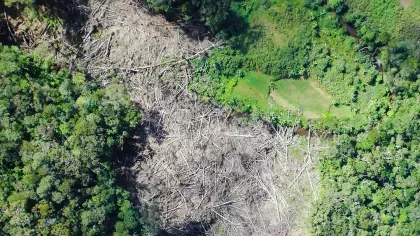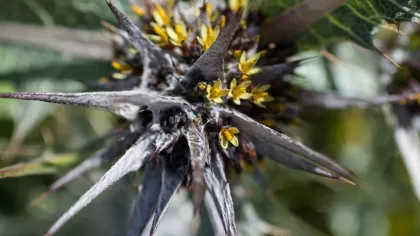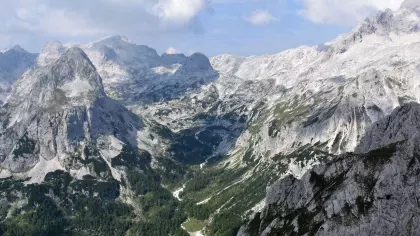8 August 2019
Adventures in Armenia
Kew scientist Aisyah and horticulturalist Maud travelled across the Armenian countryside. Their mission: to safeguard rural livelihoods and wild-growing fruits and nuts.

The land of almonds and apricots
Situated between the Black Sea and Caspian Sea, the Caucasus sparks, for many, a sense of unfamiliarity.
For others, it’s a region filled with intrigue and adventure. For botanists and horticulturalists, it’s a haven. Home to around 6,400 plant species and boasting the highest level of endemism within the temperate world, the Caucasus is a place worth investigating.
Armenia is situated within this remarkable region, with around 3,600 plant species (that's half of the whole of the Caucasus) found in a territory that is only about 30,000km2. Also known as one of the centres of cultivated plant origins, Armenia is famous for the indigenous diversity of major food crops, including fruits and nuts.
Here, the relationship between plants and people is so strong, it’s almost tangible. In local markets and roadsides, there are proud displays of fresh cherries, plums and peaches. Sweet lavash, a traditional fruit leather, and stacks of gata, delicious large sweet breads filled with ground walnuts and sugar and topped with intricate decorations, also line the streets.
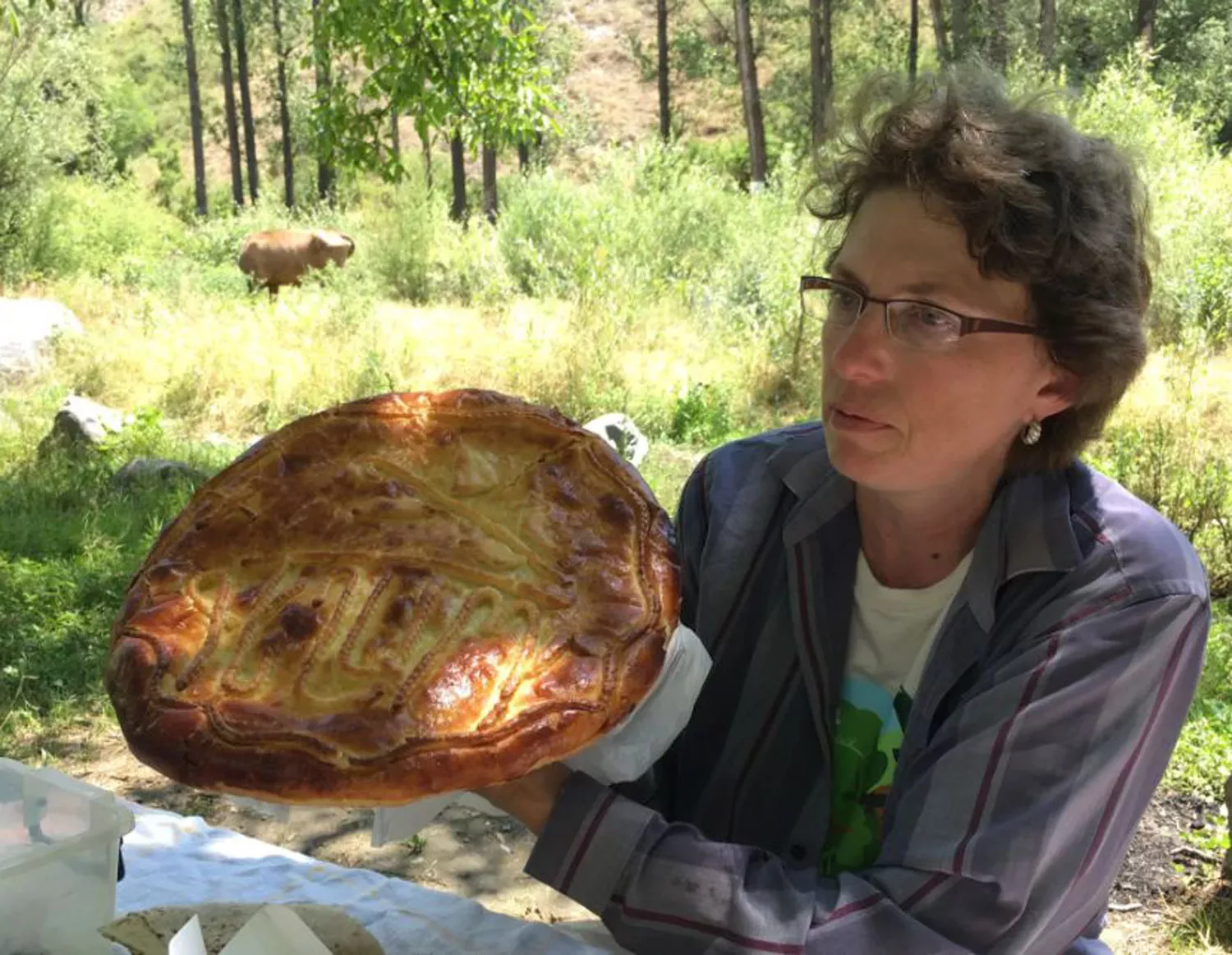
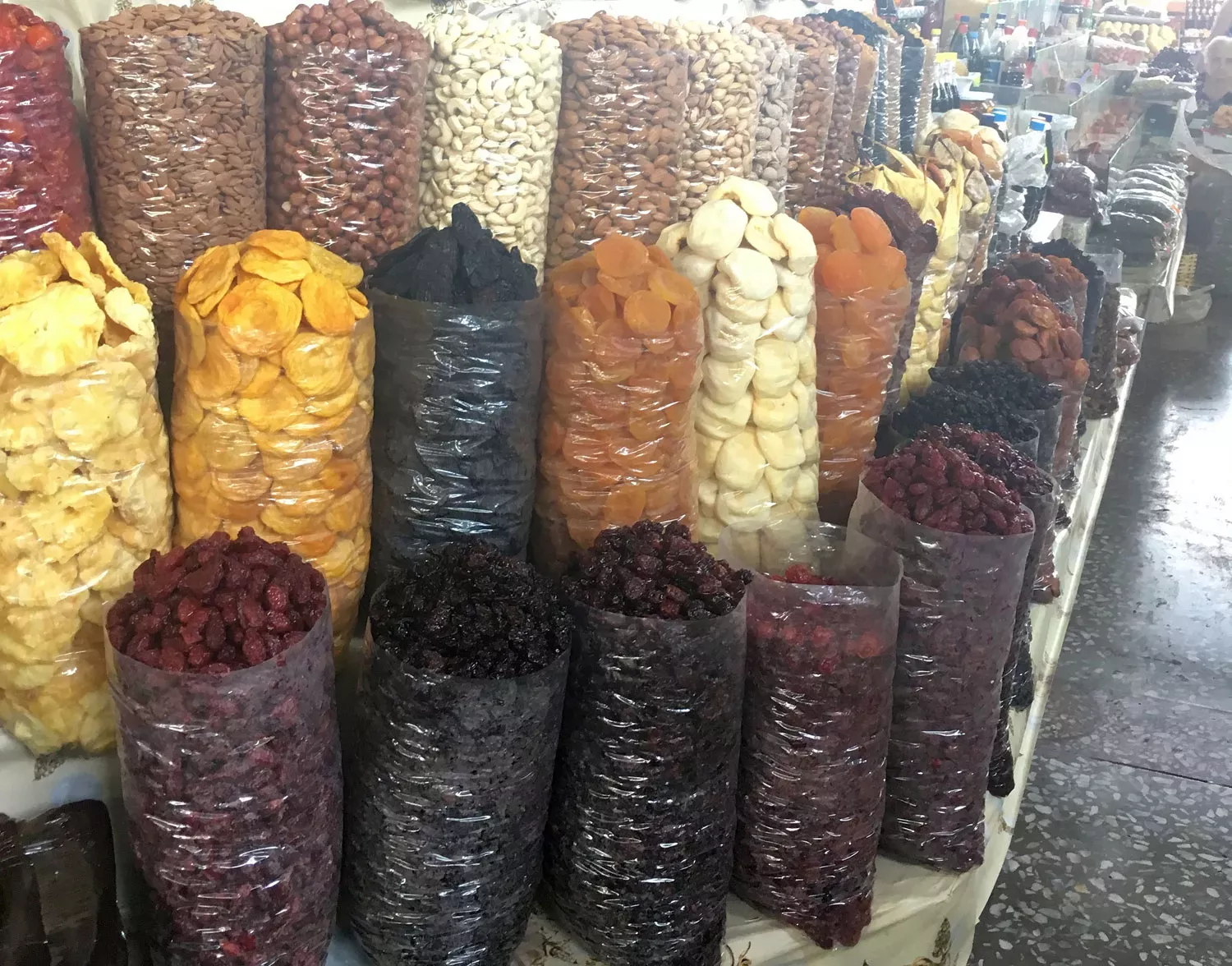
Flora threats
Unfortunately, like other global biodiversity hotspots, there are major threats to the flora of Armenia, including wild populations of fruit and nut species. Intensive mining activities, overgrazing, pollution and unsustainable harvesting are rapidly driving wild species into extinction. In addition to these contemporary threats, the knowledge of local collectors and traditional uses are being lost, as more people move into urban areas looking for jobs.
Maud Verstappen (Botanical Horticulturalist at Wakehurst) and I, along with our partners from the NGO Natural Heritage, recently visited Armenia to work with a local community in the Khachik region. Our purpose was to safeguard wild populations of fruit and nut species, as well as preserve the knowledge of their traditional use. The project is part of a wider programme that involves Georgian colleagues from the Institute of Botany, Georgia and the National Botanical Garden of Georgia.

The fruits of our labour
Early on the first day we set out on a four hour long drive south from Yerevan, the capital of Armenia. There, we met with representatives of the Khachik community, including the community’s Biodiversity Champion, Bela Arakelyan.
We were shown several products made from wild harvested species, from dried plums to a cordial made from wild hawthorn and rosehips. We discussed the importance of biodiversity and sustainable harvesting, and learnt the local names and uses of some potentially rare fruit and nut species found in area. The Nature Heritage NGO team hopes to incorporate this learning into Red List assessments later in the year and document this knowledge to ensure it doesn’t get lost over time.
The second day was spent clearing a local plot of land where the community can plant important fruit and nut species that would traditionally be wild harvested. The aim is to give the community access to these species without compromising the wild populations. One such example is Rosa hemisphaerica, a species of rose with yellow flowers native to West Asia. It's rarely found in the local area, probably due to the species producing less seeds compared to other rose species. This particular trait not only limits its numbers but is also the reason collectors favour it over other species. In addition, it also has fleshier fruits and near absence of those fine hairs that mischievous school children prize so much!

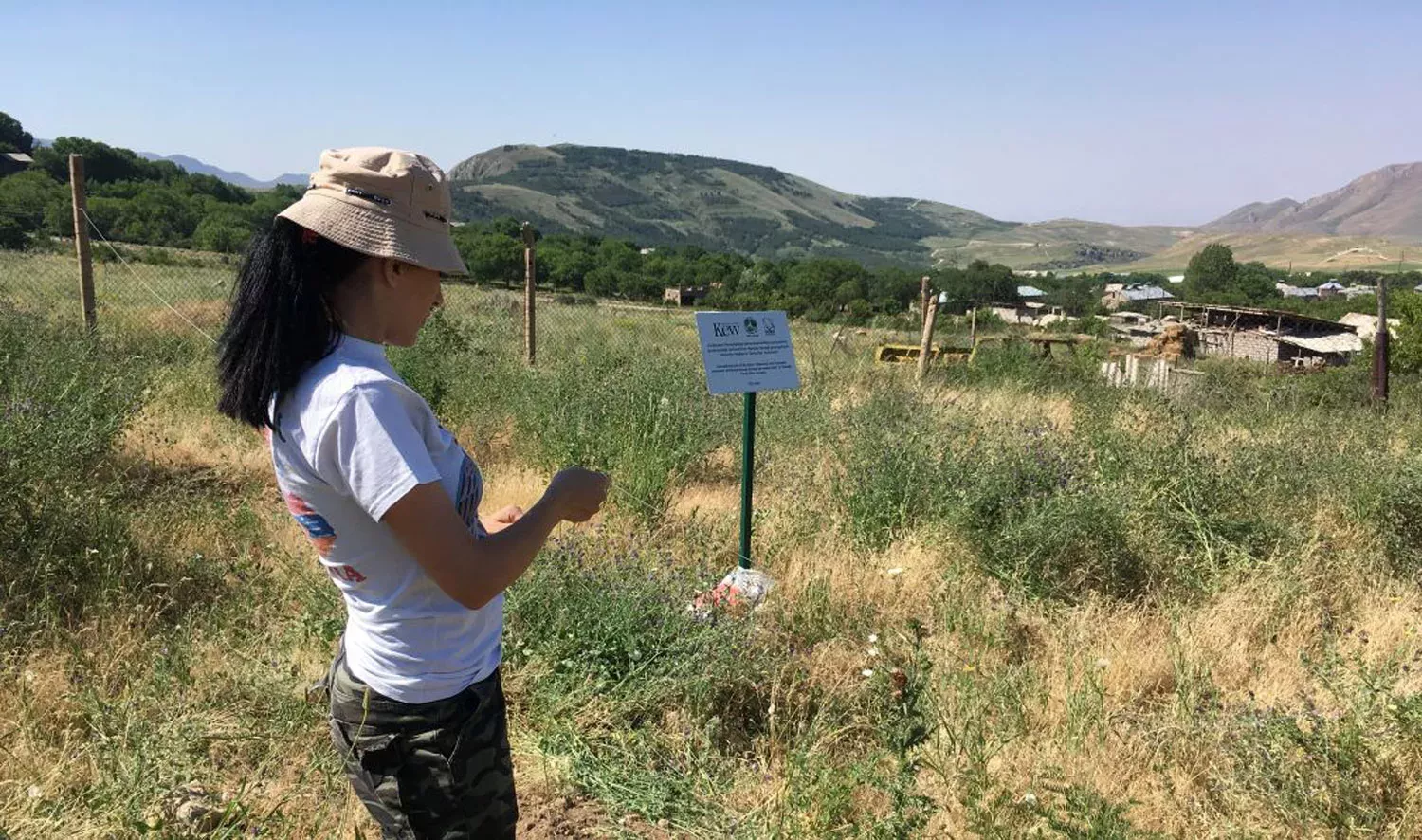
The future of fruits, nuts and the whole flora!
In the coming years, we hope to work closely with the Khachik community. We want to help them develop their community plot and spread the word to neighbouring villages about the importance of sustainable harvesting and biodiversity. In Georgia, we also have teams working with a local community to do the same.
In addition, our aim to collect seeds from over 100 fruit and nut species for long-term storage, duplicating the collection to the Millennium Seed Bank for added security. This is to ensure precious genetic material is safeguarded for the future of fruit and nut species.
Thanks to the Millennium Seed Bank Partnership, and our project donors, over the last decade we've been working to conserve the flora of the Caucasus. We’ve also been building a fantastic team of botanists, horticulturalists and conservationists across the Caucasus, to further ensure the sustainability of plant conservation in the region.
Acknowledgements
We would like to thank the Nature Heritage NGO team for their fantastic efforts over the past year and for their meticulous organisation of our trip. The Khachik community for their involvement with the project with such enthusiasm. The Darwin Initiative for awarding us the grant to conduct this work and Kew Guild for providing funds for Maud’s travel.

